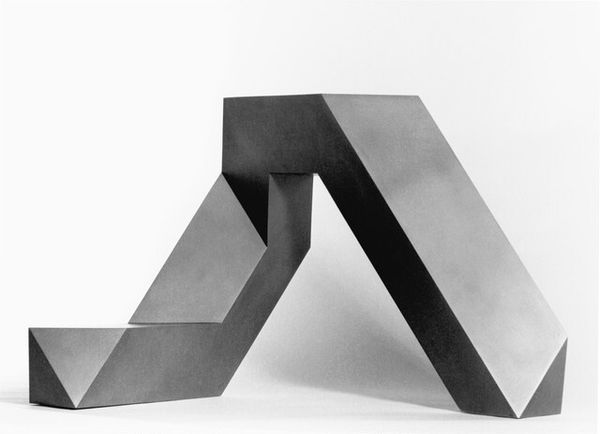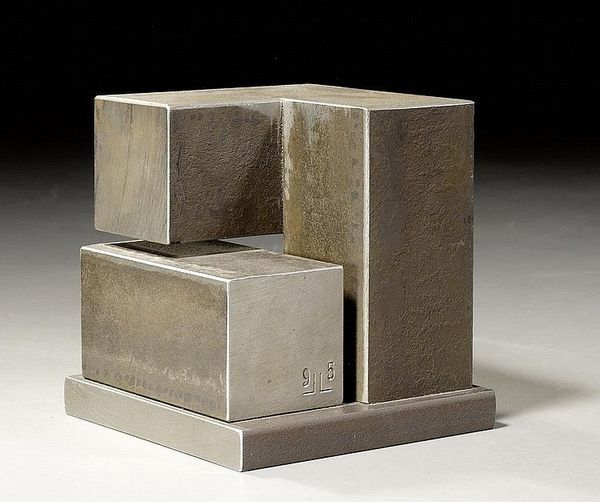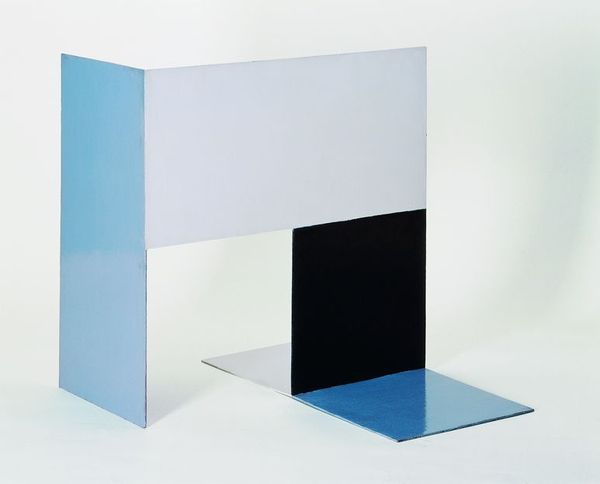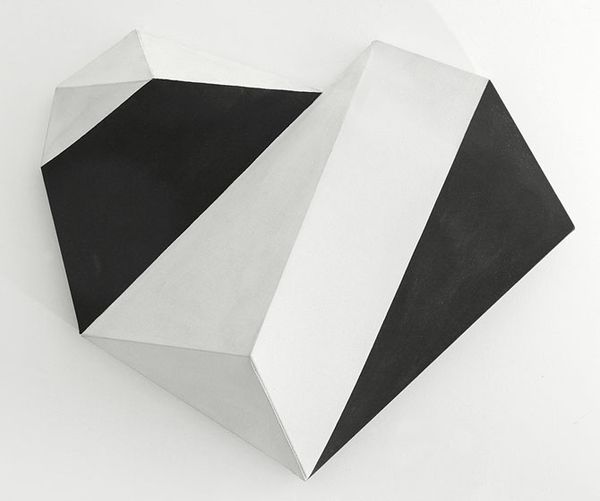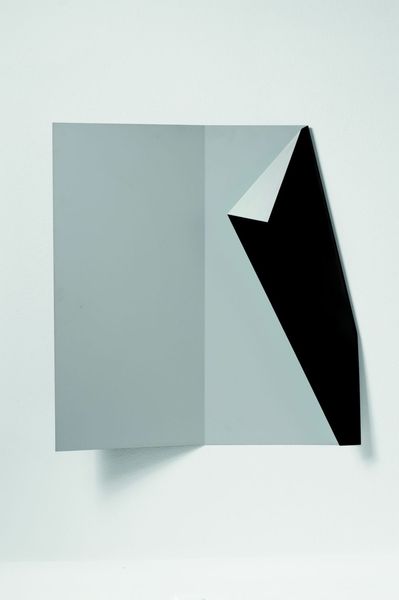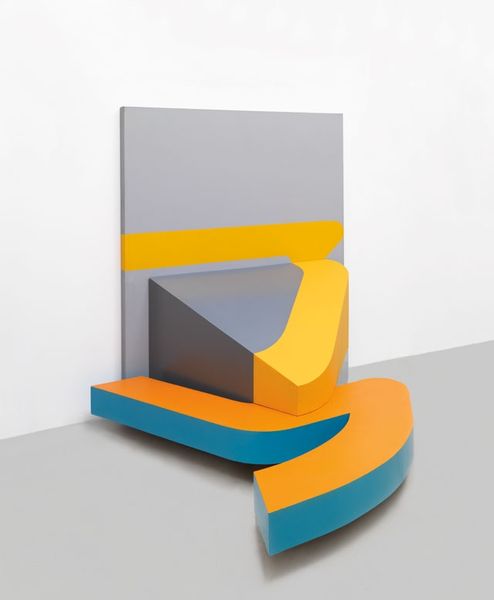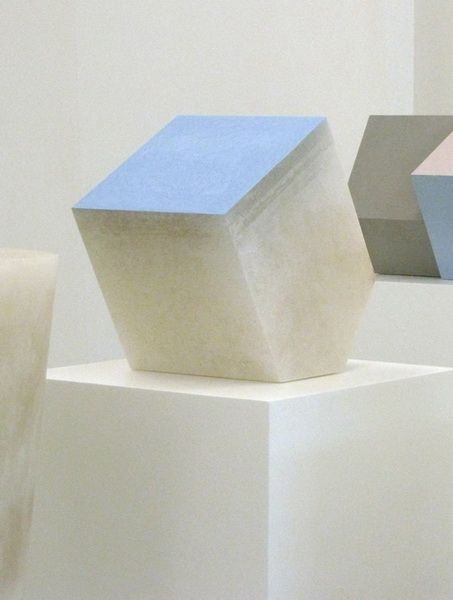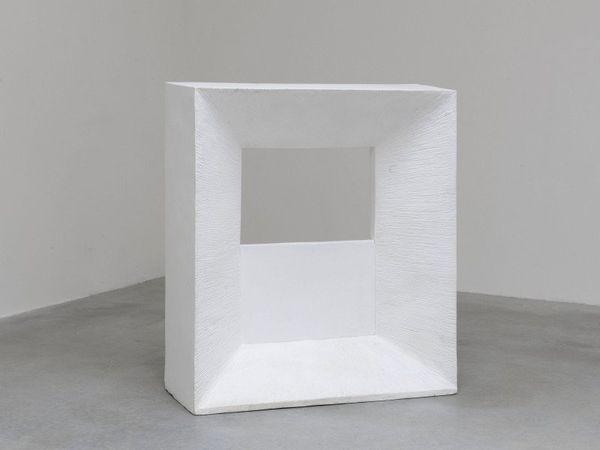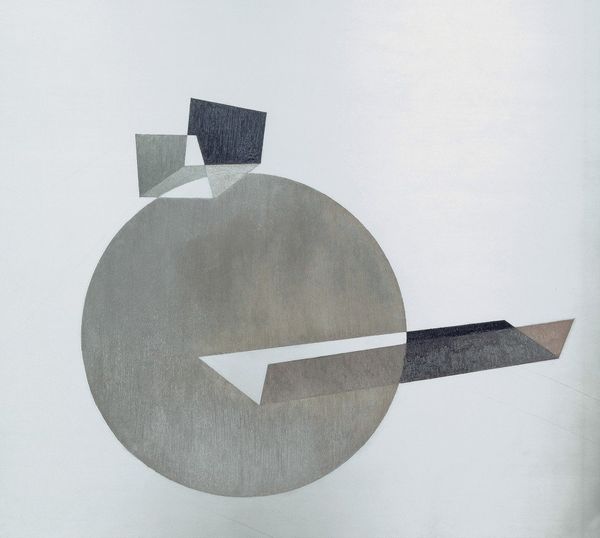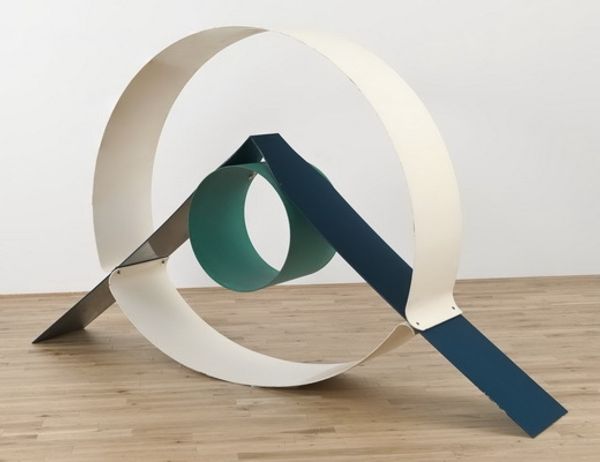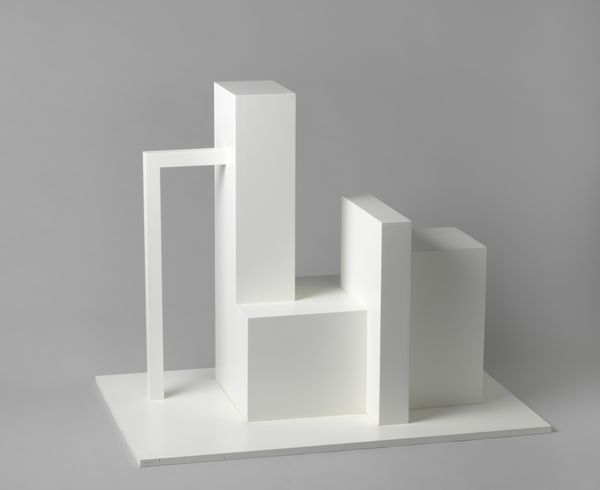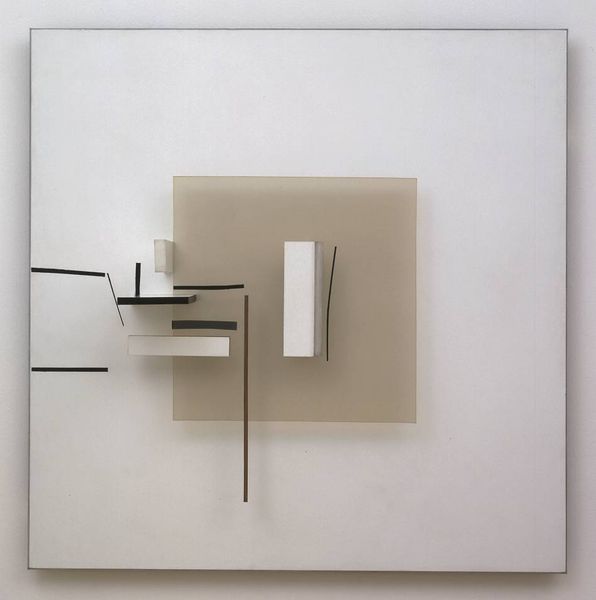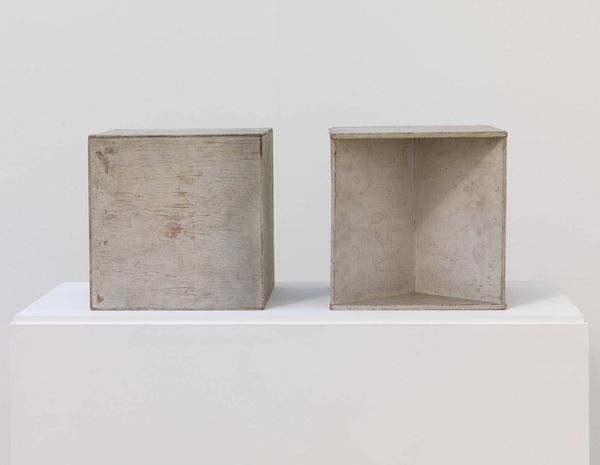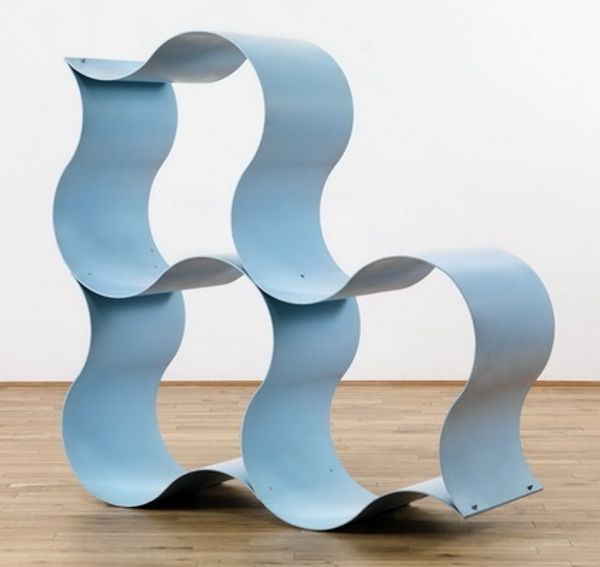
metal, sculpture
#
non-objective-art
#
metal
#
constructivism
#
geometric
#
sculpture
#
abstraction
Copyright: Public domain
Curator: Standing before us is Katarzyna Kobro’s "Sculpture Spatiale," crafted in 1928. Notice its careful construction—the use of metal to achieve this seemingly weightless form. Editor: It feels like a dance of shapes, doesn’t it? Stark and yet somehow playful, as if these geometric forms are suspended in a state of perfect balance. Curator: Indeed. Kobro, a pivotal figure in Constructivism, aimed to engage directly with space itself. We see here a deliberate attempt to move beyond traditional sculptural concerns. It isn’t merely about representing an object, but actively creating and defining the surrounding space. Editor: I see what you mean. The negative space becomes just as important as the solid forms. It makes me wonder about her process... the decisions behind each plane, each curve. What governed their arrangement? Was it purely mathematical, or did intuition play a role? Curator: Considering Kobro's constructivist background, we can deduce that mathematics and precise calculation played a central role in conceiving such structure. Constructivists turned towards the aesthetics of industrial production to redefine our concept of 'art' to mirror social change in everyday life, as demonstrated through the clean finish and simple medium. Editor: You know, that’s precisely why it feels so timeless to me. It speaks to a universal desire for order and harmony, but with this subtle edge, as though it’s on the verge of collapse yet remaining utterly grounded. And also, to echo, its smooth metallic skin. It gives off such an aura of coolness and perfection, yet I feel deeply for the artists who put together such feat by hand. Curator: The interplay between the cool, hard metal and the apparent effort in its manual manipulation surely complicates the common discourse about technology and alienation. It’s a testament to Kobro's belief in the transformative power of art, created through the conscious effort of transforming existing materials. Editor: Absolutely. It’s fascinating how such simple forms, so meticulously arranged, can evoke such complex feelings. Thanks for putting language to it for me, that's some striking consideration there! Curator: A worthwhile exchange indeed. Kobro’s legacy remains crucial in our understanding of how material production techniques and artistic sensibilities intersect.
Comments
No comments
Be the first to comment and join the conversation on the ultimate creative platform.
